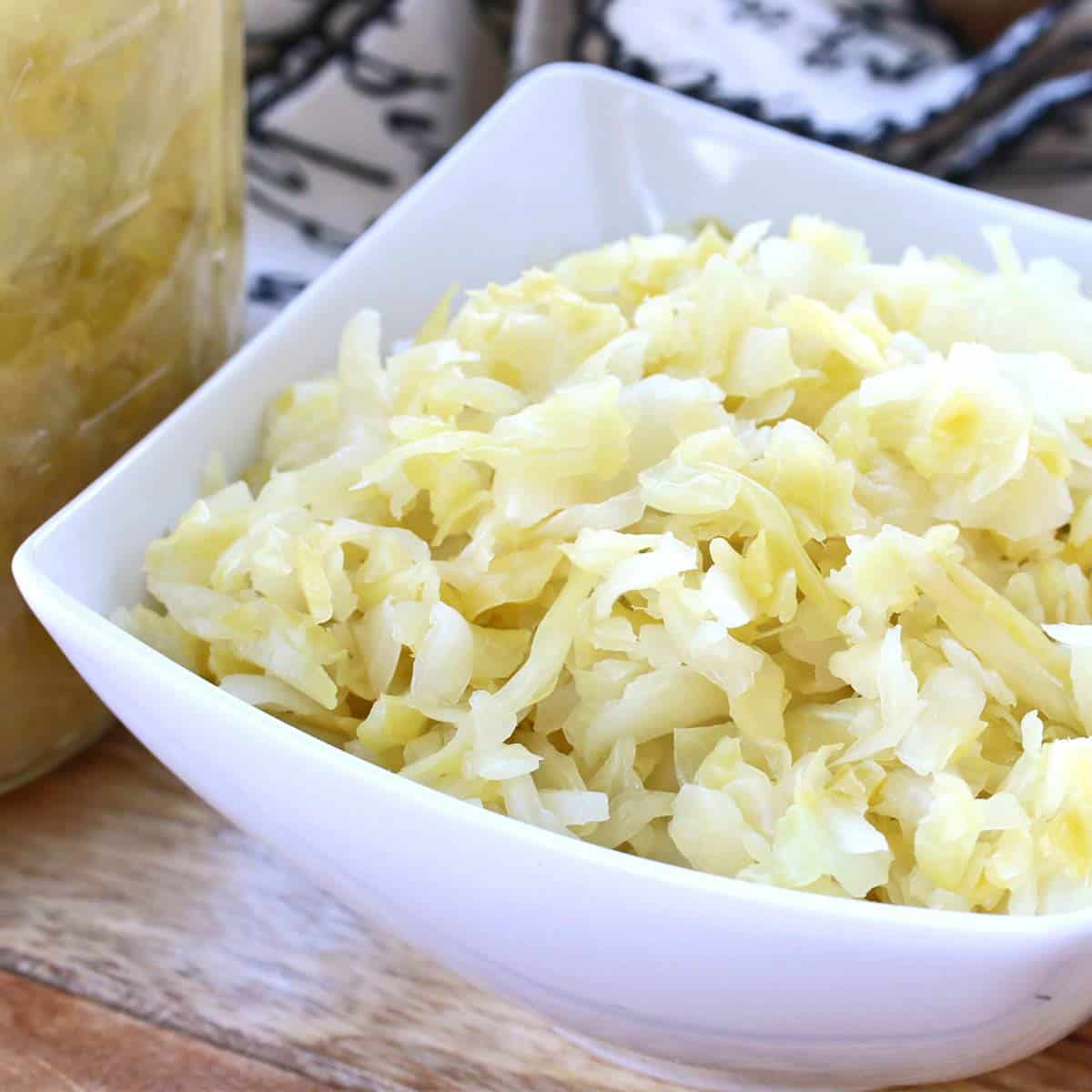

Articles
How To Store Sauerkraut
Modified: December 7, 2023
Learn the best techniques for storing sauerkraut in this informative article. Discover how to keep your sauerkraut fresh and full of flavor for longer.
(Many of the links in this article redirect to a specific reviewed product. Your purchase of these products through affiliate links helps to generate commission for Storables.com, at no extra cost. Learn more)
Introduction
Welcome to the world of sauerkraut! If you’re a fan of this tangy and flavorful fermented cabbage dish, you probably want to learn how to store it properly to ensure its freshness and quality. Whether you make your own sauerkraut at home or buy it from the store, knowing the right storage techniques will help you enjoy it for a longer period.
Sauerkraut is not only a delicious addition to sandwiches, salads, and various recipes, but it also boasts numerous health benefits. This fermented dish is rich in probiotics, which promote a healthy gut and improve digestion. It is also packed with vitamins C and K, as well as minerals like potassium and calcium.
Now that you’re aware of the benefits of sauerkraut, let’s dive into the details of how to properly store it. With the right container and storage method, you can extend the shelf life of sauerkraut and preserve its taste and nutrients.
Key Takeaways:
- Extend the shelf life of sauerkraut by storing it in airtight containers in the refrigerator, pantry, or freezer. Proper storage preserves flavor, texture, and nutritional benefits, allowing for versatile culinary use.
- Experiment with different seasonings and incorporate sauerkraut into diverse dishes to fully appreciate its tangy, probiotic-rich goodness. Proper storage techniques ensure sauerkraut remains safe and enjoyable for extended periods.
Read more: How To Store Sauerkraut After Opening
Benefits of Storing Sauerkraut
Proper storage of sauerkraut not only helps maintain its taste and texture but also preserves its beneficial qualities. Here are some key benefits of storing sauerkraut:
- Extended Shelf Life: By storing sauerkraut correctly, you can extend its shelf life for several months. This allows you to enjoy your homemade sauerkraut or store-bought variety for a longer period without worrying about spoilage.
- Retains Nutritional Value: Sauerkraut is a nutrient-rich food, and proper storage helps preserve its nutritional value. Fermentation increases the bioavailability of nutrients, allowing your body to absorb them more easily. By storing sauerkraut correctly, you can retain its high vitamin C and probiotic content.
- Flavor Preservation: Storing sauerkraut properly helps maintain its flavor profile. When exposed to air or incorrect storage conditions, sauerkraut can lose some of its tanginess and become less enjoyable to eat. By following the right storage methods, you can ensure that the flavor of your sauerkraut remains intact.
- Convenience and Versatility: Storing sauerkraut properly allows you to have access to this versatile condiment whenever you need it. You can easily incorporate sauerkraut into a variety of dishes, including sandwiches, salads, and hot dogs, or enjoy it as a side dish. Having properly stored sauerkraut on hand saves you time and effort.
- Economic Benefits: By storing sauerkraut, you can take advantage of seasonal sales and bulk purchases. Properly stored sauerkraut can be enjoyed throughout the year, allowing you to save money and avoid wasting any excess sauerkraut.
Now that you understand the benefits of storing sauerkraut, let’s move on to the next step: choosing the right container for storage.
Choosing the Right Container
When it comes to storing sauerkraut, selecting the right container is essential for maintaining its quality and freshness. Here are some key factors to consider when choosing a container:
- Glass or Ceramic: Opt for glass or ceramic containers with airtight lids. These materials are non-reactive and won’t leach any harmful substances into the sauerkraut. Additionally, glass and ceramic containers are easy to clean and will not absorb odors or flavors.
- Jar or Crock: You can use a wide-mouth glass jar or a ceramic crock for storing sauerkraut. Make sure the container is large enough to hold the amount of sauerkraut you plan to store. A crock with a water seal or a fermentation lid is ideal for longer-term storage.
- Airtight Seal: Look for a container with an airtight seal to prevent air and moisture from entering. This helps maintain the flavor, texture, and quality of the sauerkraut. Rubber gaskets or silicone seals are commonly found in jars and crocks to ensure a tight seal.
- Size and Shape: Consider the size and shape of the container based on your storage needs. If you plan to store a small amount of sauerkraut, a pint-sized jar may be sufficient. However, if you’re making larger batches, opt for quart-sized jars or larger crocks.
- Transparency: While not essential, choosing a transparent container allows you to visually inspect the sauerkraut without opening the lid. This can be helpful for checking the fermentation progress or assessing the overall quality of the stored sauerkraut.
- Stackability: If you plan to store multiple jars or containers, consider their stackability. This saves space in your pantry or refrigerator and keeps your storage area organized.
Now that you know how to choose the right container, let’s move on to the next step: preparing sauerkraut for storage.
Preparing Sauerkraut for Storage
Before you store your sauerkraut, it’s important to make sure it’s properly prepared. Follow these steps to ensure that your sauerkraut is ready for storage:
- Check Fermentation Status: If you’ve made your own sauerkraut, check its fermentation status. Ideally, the sauerkraut should have fermented for at least two to four weeks before storage. This allows enough time for the flavors to develop and the cabbage to become fully fermented.
- Use Clean Utensils: When handling sauerkraut for storage, make sure to use clean utensils and containers. Dirty utensils or containers can introduce unwanted bacteria or contaminants, affecting the quality and safety of the sauerkraut.
- Drain Excess Liquid: If your sauerkraut has released excess liquid during fermentation, drain it off before transferring it to the storage container. This helps prevent the sauerkraut from becoming too soggy and maintains its desired texture.
- Transfer to Storage Container: Carefully transfer the sauerkraut to your chosen storage container. Fill the container, leaving some headspace at the top to allow for expansion during fermentation for longer-term storage.
- Press Down: Press down on the sauerkraut firmly to remove any air pockets. This helps ensure that the sauerkraut is fully submerged in its own liquid, which acts as a natural preservative.
- Seal the Container: Securely close the container with its airtight lid. Make sure the lid is properly sealed to keep air out and maintain the sauerkraut’s freshness.
- Date and Label: It’s a good practice to label the container with the date of preparation. This helps you keep track of the sauerkraut’s age and ensures that you consume it within a reasonable timeframe.
By properly preparing your sauerkraut for storage, you set the foundation for maintaining its quality and flavor. Now, let’s explore the different methods of storing sauerkraut, starting with the refrigerator.
Storing Sauerkraut in the Refrigerator
The refrigerator is one of the most common and convenient methods for storing sauerkraut. Follow these steps to ensure optimal storage in the refrigerator:
- Choose the Right Container: Transfer your sauerkraut to a clean, airtight container suitable for refrigeration. Glass jars or plastic containers with tight-fitting lids work well for this purpose.
- Fill the Container: Fill the container with sauerkraut, leaving about an inch of headspace at the top. This will allow room for any expansion and prevent the sauerkraut from overflowing.
- Seal the Container: Ensure the container is properly sealed to prevent air from entering. This will help maintain the freshness and flavor of the sauerkraut.
- Store in the Refrigerator: Place the sealed container of sauerkraut in the refrigerator. The colder temperature slows down the fermentation process and helps preserve the sauerkraut’s texture and flavor.
- Temperature and Placement: Set the refrigerator temperature to around 32-40°F (0-4°C). It’s important to store sauerkraut away from other highly aromatic foods to avoid cross-contamination of flavors.
- Consumption Timeframe: When stored properly in the refrigerator, sauerkraut can remain fresh for several months. However, the flavor and texture are best within the first few weeks of storage.
- Check for Spoilage: Before consuming stored sauerkraut, always inspect it for any signs of spoilage. If you notice mold, foul odor, or slimy texture, discard the sauerkraut immediately.
Storing sauerkraut in the refrigerator is a simple and effective way to preserve its quality and enjoy it over an extended period. However, if you prefer longer-term storage options, continue reading to learn about storing sauerkraut in the pantry.
Store sauerkraut in a glass or ceramic container with a tight-fitting lid to prevent air exposure. Keep it refrigerated to slow down the fermentation process and maintain its flavor and texture.
Read more: How To Store Homemade Sauerkraut
Storing Sauerkraut in the Pantry
While refrigeration is the preferred method for storing sauerkraut, it is possible to store it in the pantry for short periods. Here are some guidelines for storing sauerkraut in the pantry:
- Choose a Cool and Dark Place: Select a cool and dark location in your pantry for storing sauerkraut. The temperature should ideally be between 50-70°F (10-21°C). Avoid areas that are exposed to direct sunlight or significant temperature fluctuations.
- Use the Proper Container: Transfer the sauerkraut to a container that can be tightly sealed to prevent air and moisture from entering. Glass jars or ceramic crocks with airtight lids are suitable for pantry storage.
- Fill the Container: Fill the container with sauerkraut, leaving a bit of headspace at the top to accommodate any expansion during storage.
- Seal the Container: Ensure that the container is sealed tightly to maintain the sauerkraut’s freshness and prevent spoilage.
- Placement and Monitoring: Store the sealed container of sauerkraut in the pantry away from strong odors and sources of heat. Check the container periodically for any signs of spoilage, such as mold or off-putting odor.
- Short-Term Storage: Sauerkraut stored in the pantry can generally keep well for a couple of weeks. However, note that the fermentation process continues at room temperature, so the flavor and texture may change over time.
- Discard if Spoiled: If you notice any signs of spoilage, such as mold growth, bubbling, or foul odor, discard the sauerkraut immediately. It is better to be safe than sorry when it comes to consuming fermented foods.
Remember that storing sauerkraut in the pantry is not recommended for long-term storage. The warmer temperatures and exposure to air increase the risk of spoilage. If you want to store sauerkraut for an extended period, freezing it is a better option.
Continue reading to learn how to freeze sauerkraut for long-term storage.
Freezing Sauerkraut for Long-Term Storage
If you want to store sauerkraut for an extended period beyond a few weeks, freezing is a great option. Freezing sauerkraut helps to maintain its quality and flavor. Here’s how to freeze sauerkraut properly:
- Prepare the Sauerkraut: Make sure your sauerkraut is prepared and fermented to your desired taste before freezing. Drain any excess liquid from the sauerkraut to prevent it from becoming too watery during the freezing process.
- Portion the Sauerkraut: Divide the sauerkraut into portion sizes that you will use at one time. This makes it easier to defrost only what you need without exposing the entire batch to repeated thawing and refreezing.
- Package and Seal: Place the sauerkraut portions into airtight freezer-safe containers or resealable freezer bags. Squeeze out as much air as possible before sealing to prevent freezer burn and maintain the sauerkraut’s quality.
- Label and Date: Label each container or bag with the date of freezing. This will help you keep track of the sauerkraut’s storage time and ensure you use the oldest portions first.
- Freeze: Place the sauerkraut containers or bags in the freezer, making sure they are arranged in a way that allows for efficient storage. Lay them flat for easier stacking or upright to save space, depending on your freezer configuration.
- Freezing Time: Sauerkraut can be stored in the freezer for up to 6-8 months while maintaining its quality. Over time, the texture may become slightly softer, but the flavor should remain relatively unchanged.
- Thawing Sauerkraut: When you’re ready to use the sauerkraut, transfer the desired portion from the freezer to the refrigerator and let it thaw slowly. Avoid thawing sauerkraut at room temperature, as this may negatively affect its texture.
- After Thawing: Once thawed, use the sauerkraut within a few days. Refreezing sauerkraut that has been thawed is not recommended, as it may lead to a loss in quality and taste.
By following these steps, you can enjoy the benefits of sauerkraut for an extended period, even when it’s stored in the freezer. Just remember to label and date your packages to keep track of storage times.
Now that you have learned how to store sauerkraut using different methods, here are some additional tips to help maintain its quality and flavor.
Tips for Maintaining Sauerkraut Quality
To ensure that your sauerkraut stays fresh, flavorful, and safe to consume, consider these tips for maintaining its quality:
- Use Clean Utensils: Always use clean utensils when handling sauerkraut, whether it’s during preparation, storage, or serving. This helps prevent the introduction of bacteria or contaminants that can spoil the sauerkraut.
- Avoid Cross-Contamination: When storing sauerkraut, keep it separate from other strong-smelling foods in the refrigerator or pantry. Sauerkraut can absorb odors easily, which may alter its flavor over time.
- Don’t Add Extra Liquid: Avoid adding any extra liquid, such as water or vinegar, to your sauerkraut during storage. The natural juices released during fermentation are enough to preserve the sauerkraut and maintain its flavor profile.
- Check for Spoilage: Regularly inspect the sauerkraut for any signs of spoilage, including mold, off-putting odors, or slimy texture. If you notice any of these signs, discard the sauerkraut immediately.
- Keep the Storage Container Sealed: Ensure that the container used for storage is tightly sealed to prevent air from entering. Exposure to air can lead to the growth of unwanted bacteria or mold on the surface of the sauerkraut.
- Rotate Older Batches: If you make or buy sauerkraut regularly, it’s a good practice to rotate and consume older batches first. This ensures that you always consume the freshest sauerkraut and minimize any potential spoilage.
- Store in Small Portions: If you anticipate using sauerkraut in smaller quantities, consider storing it in individual portions. This way, you can defrost and use only what you need without repeatedly exposing the entire batch to the thawing-refreezing cycle.
- Experiment with Seasonings: Sauerkraut can be an excellent base for experimentation with different flavors and spices. Before storing it, try adding variations like caraway seeds, red pepper flakes, or grated apple to enhance its taste.
- Enjoy Sauerkraut in Diverse Dishes: Explore various culinary uses for sauerkraut, from traditional dishes like Reuben sandwiches to incorporating it into salads, stir-fries, and even pizza toppings. This way, you can enjoy sauerkraut in different ways and prevent it from sitting in storage for too long.
By following these tips, you can maintain the quality and flavor of your sauerkraut throughout its storage period. Enjoy the tangy, probiotic-rich goodness whenever you crave it!
Now that you’ve learned how to store and maintain sauerkraut, you can confidently prepare and enjoy this delicious fermented delicacy for an extended period.
Remember, storing sauerkraut properly helps preserve its taste, texture, and nutritional value. Whether you choose to refrigerate, store in the pantry, or freeze, the key is to keep it in airtight containers, away from excess air, unwanted odors, and spoilage.
So go ahead and savor the tangy goodness of sauerkraut whenever you fancy – knowing that it’s perfectly stored and ready to delight your taste buds!
Conclusion
Congratulations! You’ve now become well-versed in the art of storing sauerkraut. By following the proper storage techniques outlined in this article, you can extend the shelf life of sauerkraut while maintaining its taste, texture, and health benefits.
Whether you choose to store sauerkraut in the refrigerator, pantry, or freezer, the key is to select the right container, prepare it properly, and ensure proper sealing. Each method has its advantages and timeframes for storage, allowing you to choose the one that suits your needs and preferences.
Remember to use clean utensils, avoid cross-contamination, and regularly check for any signs of spoilage. By doing so, you can ensure that your sauerkraut remains safe and enjoyable to consume.
Don’t be afraid to get creative with your sauerkraut! Experiment with different seasonings and incorporate it into a variety of dishes to fully appreciate its versatile nature.
Whether you’re making your own sauerkraut or buying it from the store, storing it properly allows you to savor its tangy and probiotic-rich goodness for longer periods. Plus, you can take advantage of seasonal sales or make bulk batches for cost-effectiveness.
So go ahead and enjoy the benefits of sauerkraut as you incorporate it into your daily meals. From enhancing digestion to boosting immunity, this traditional fermented food offers a myriad of health benefits.
Now that you have a wealth of knowledge on storing sauerkraut, it’s time to put it into practice. Follow the tips and guidelines provided in this article, and you’ll be able to enjoy the crisp, tangy, and nutritious delight of sauerkraut whenever your heart desires!
Frequently Asked Questions about How To Store Sauerkraut
Was this page helpful?
At Storables.com, we guarantee accurate and reliable information. Our content, validated by Expert Board Contributors, is crafted following stringent Editorial Policies. We're committed to providing you with well-researched, expert-backed insights for all your informational needs.
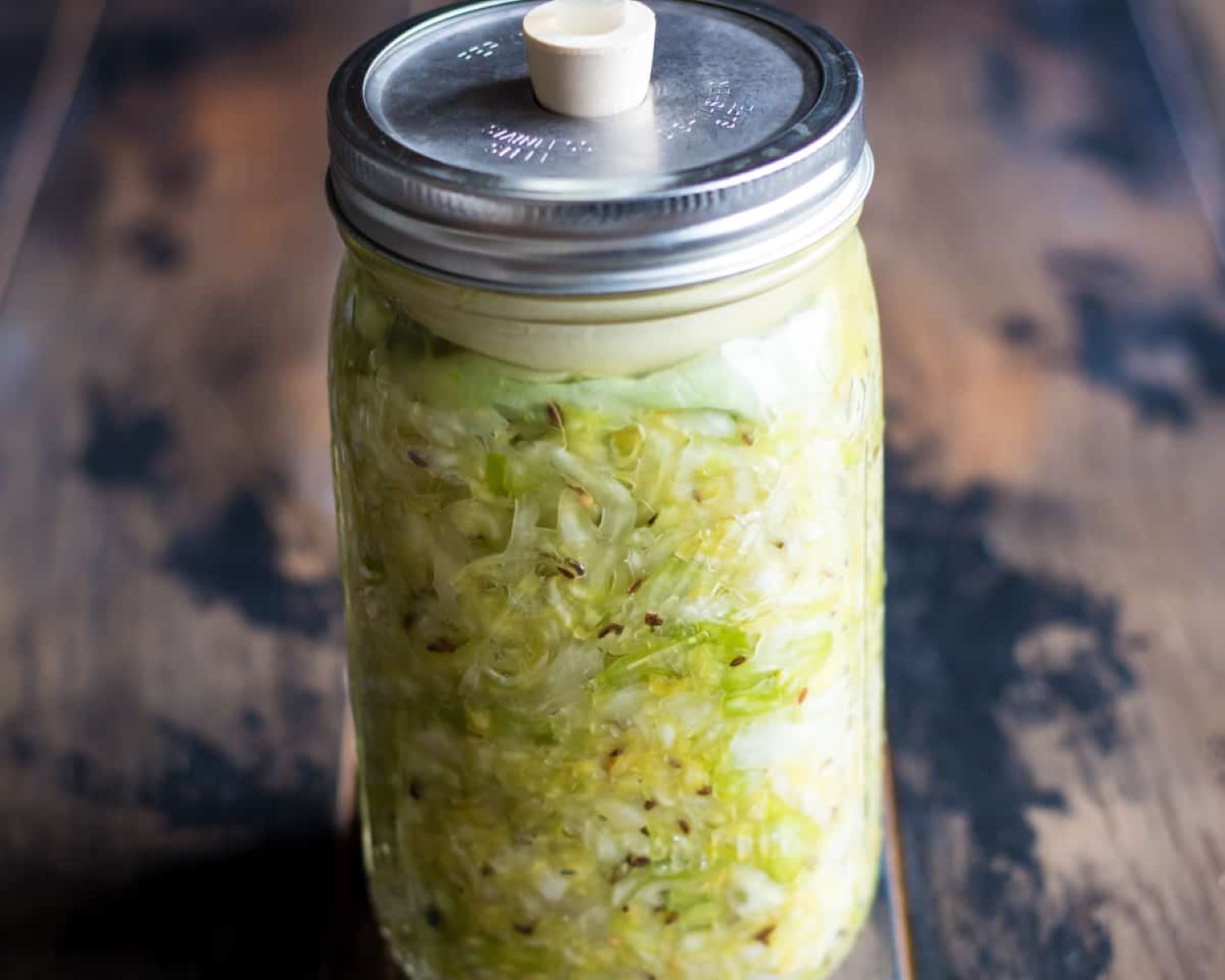
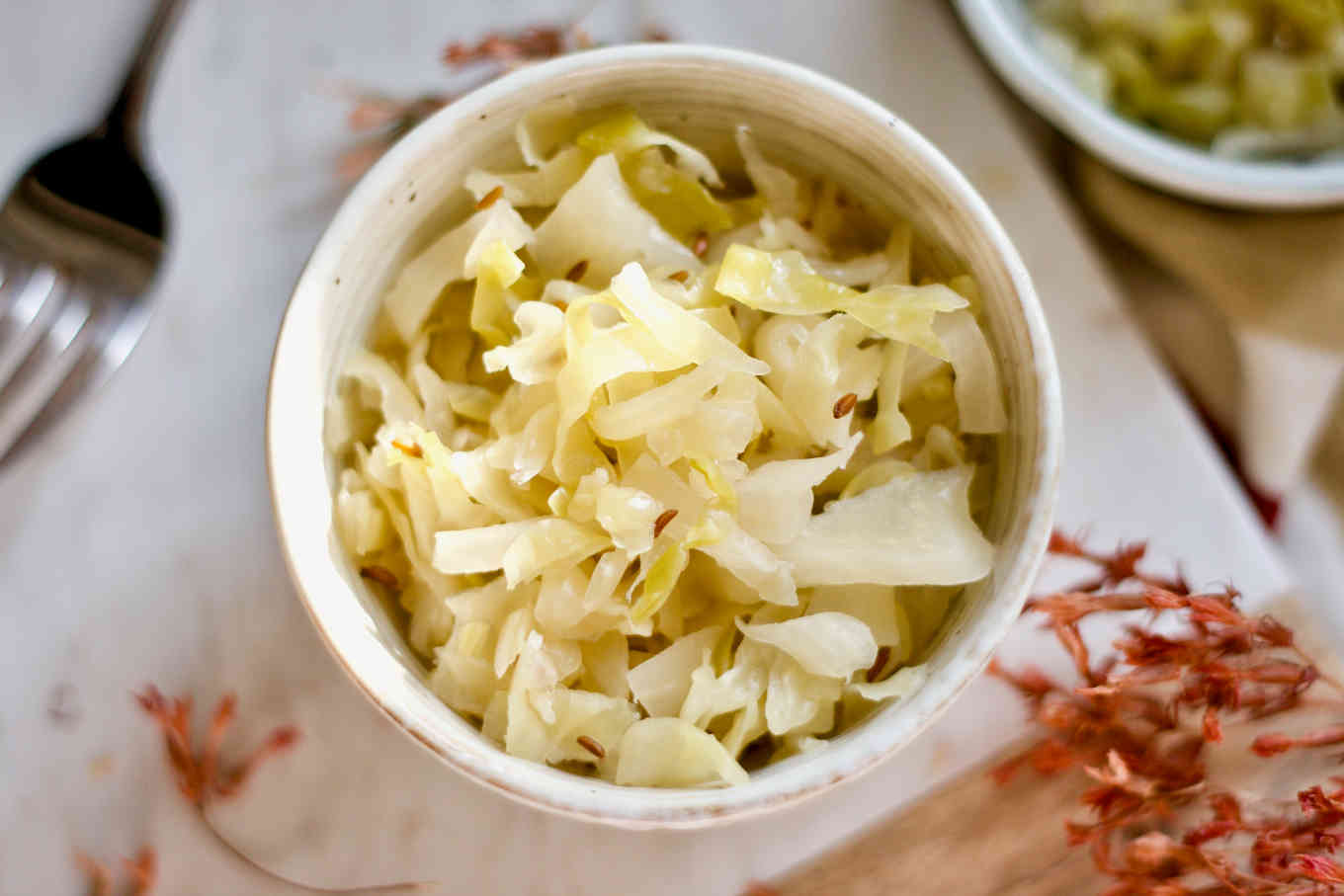
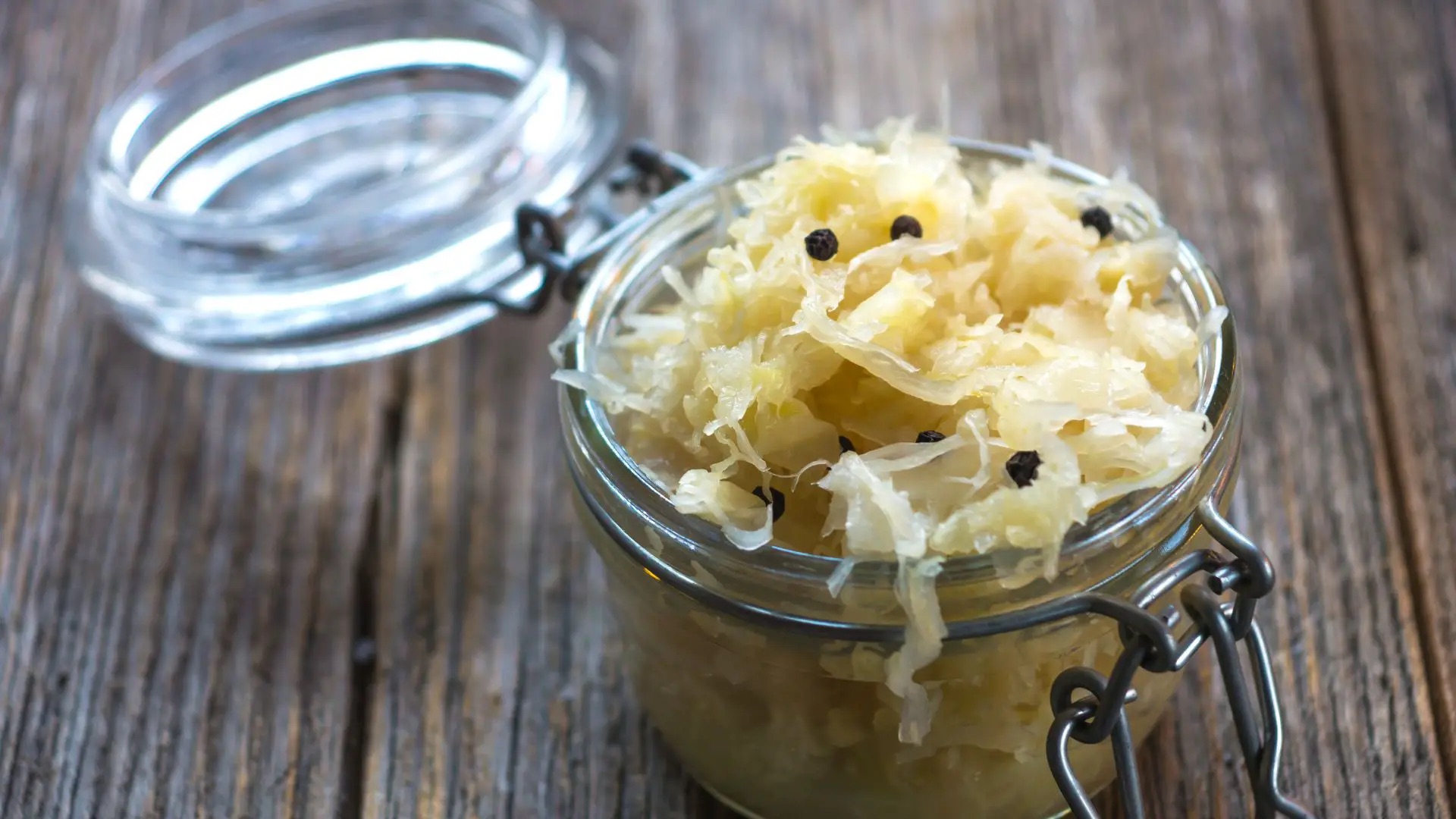





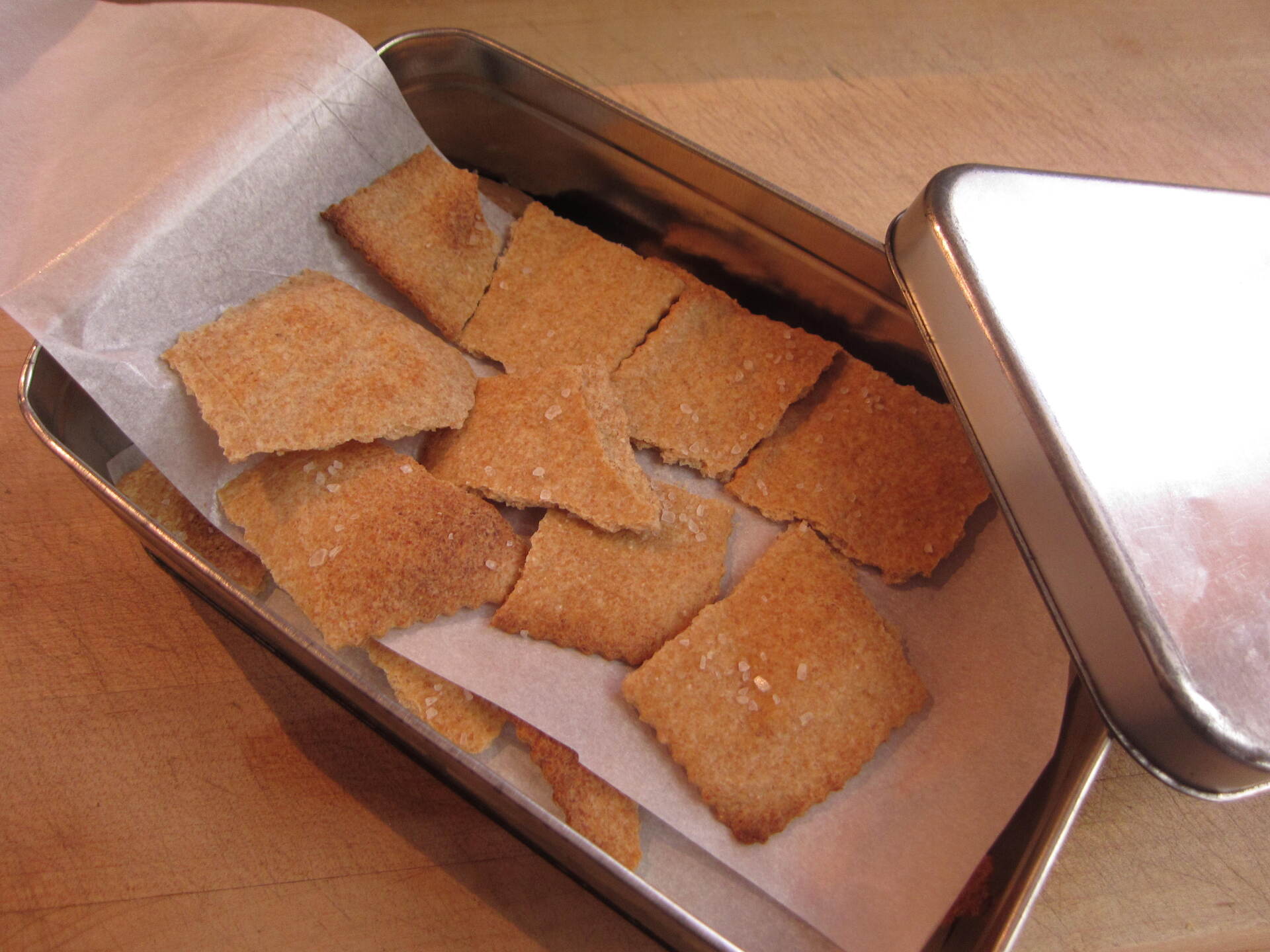
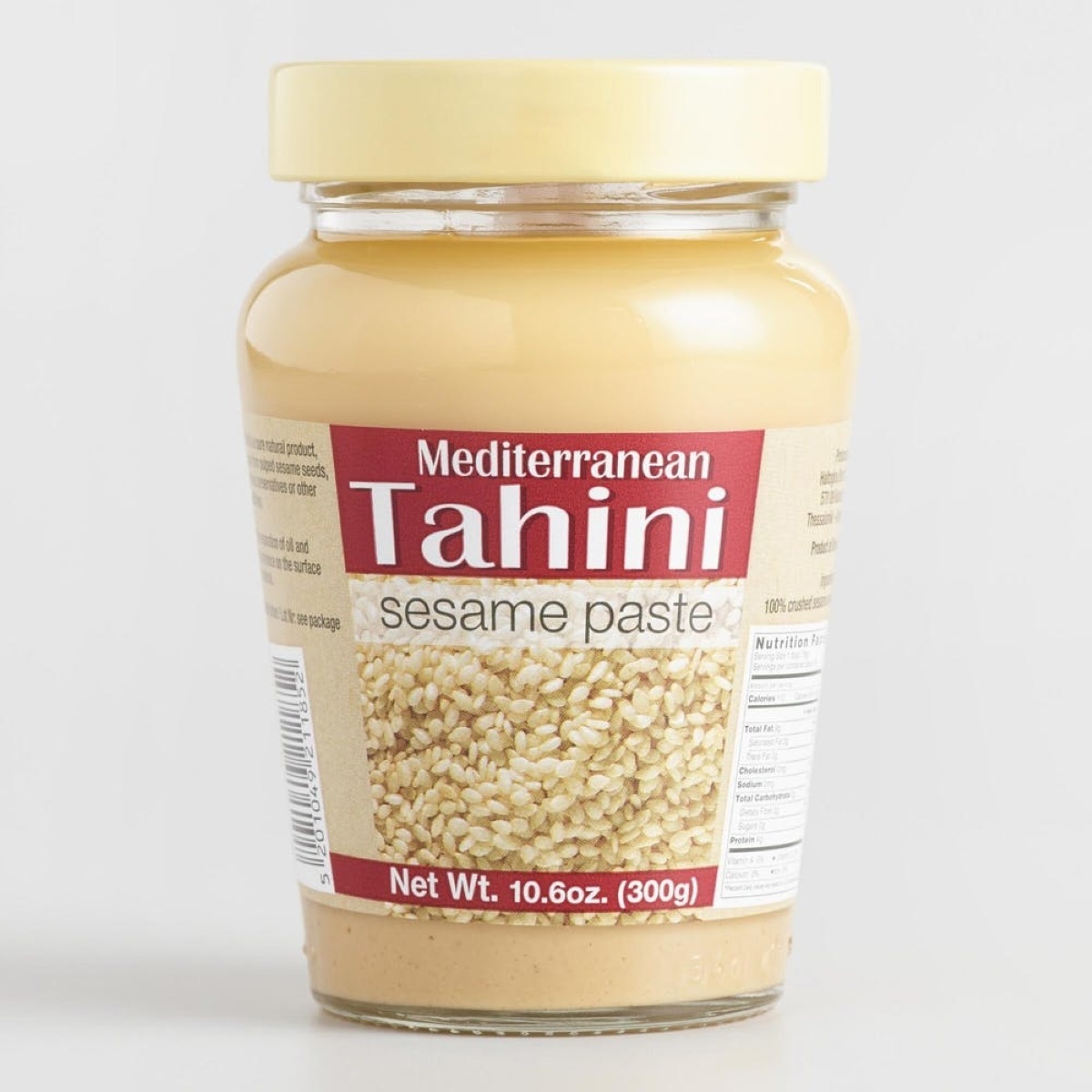
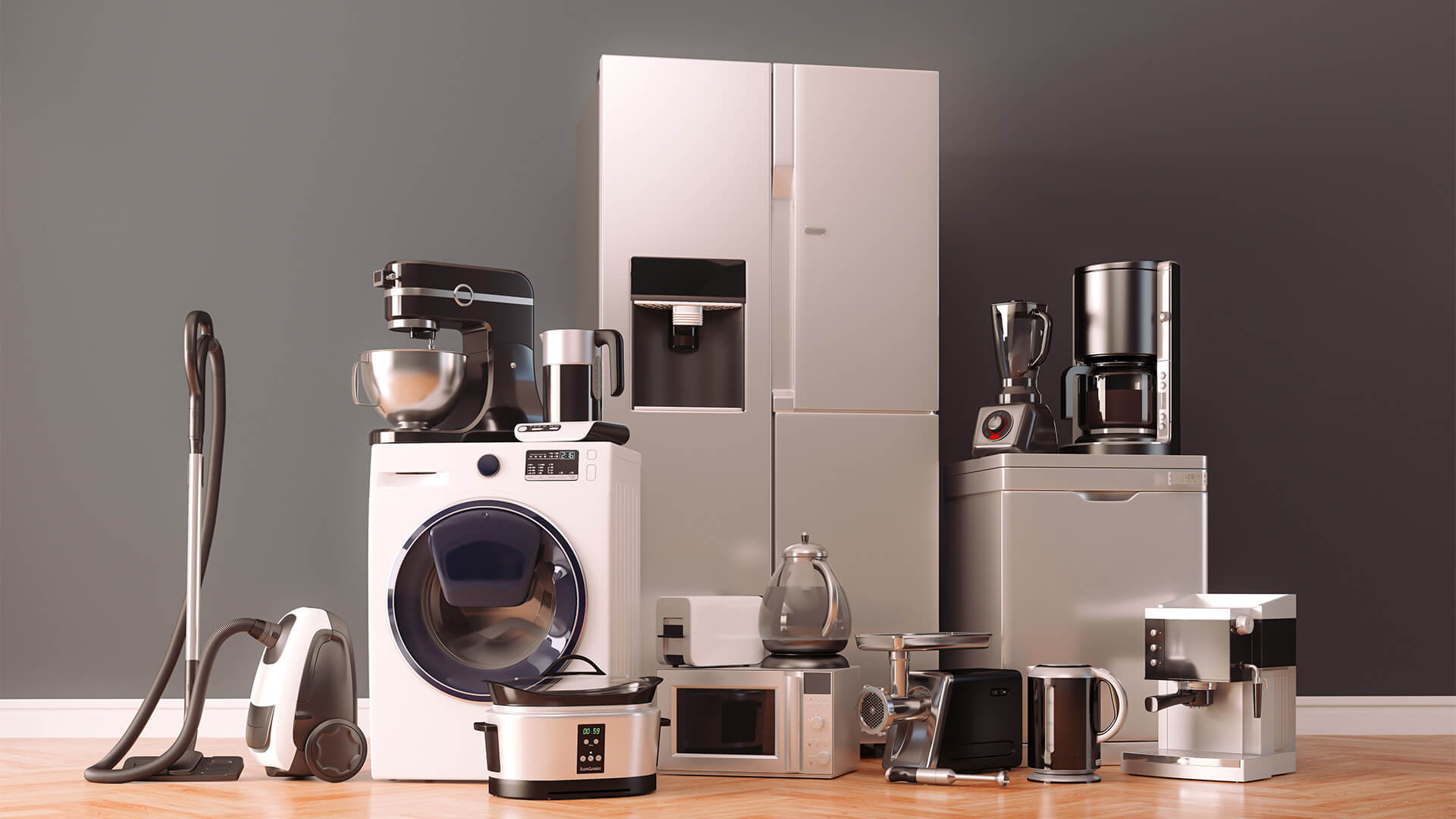


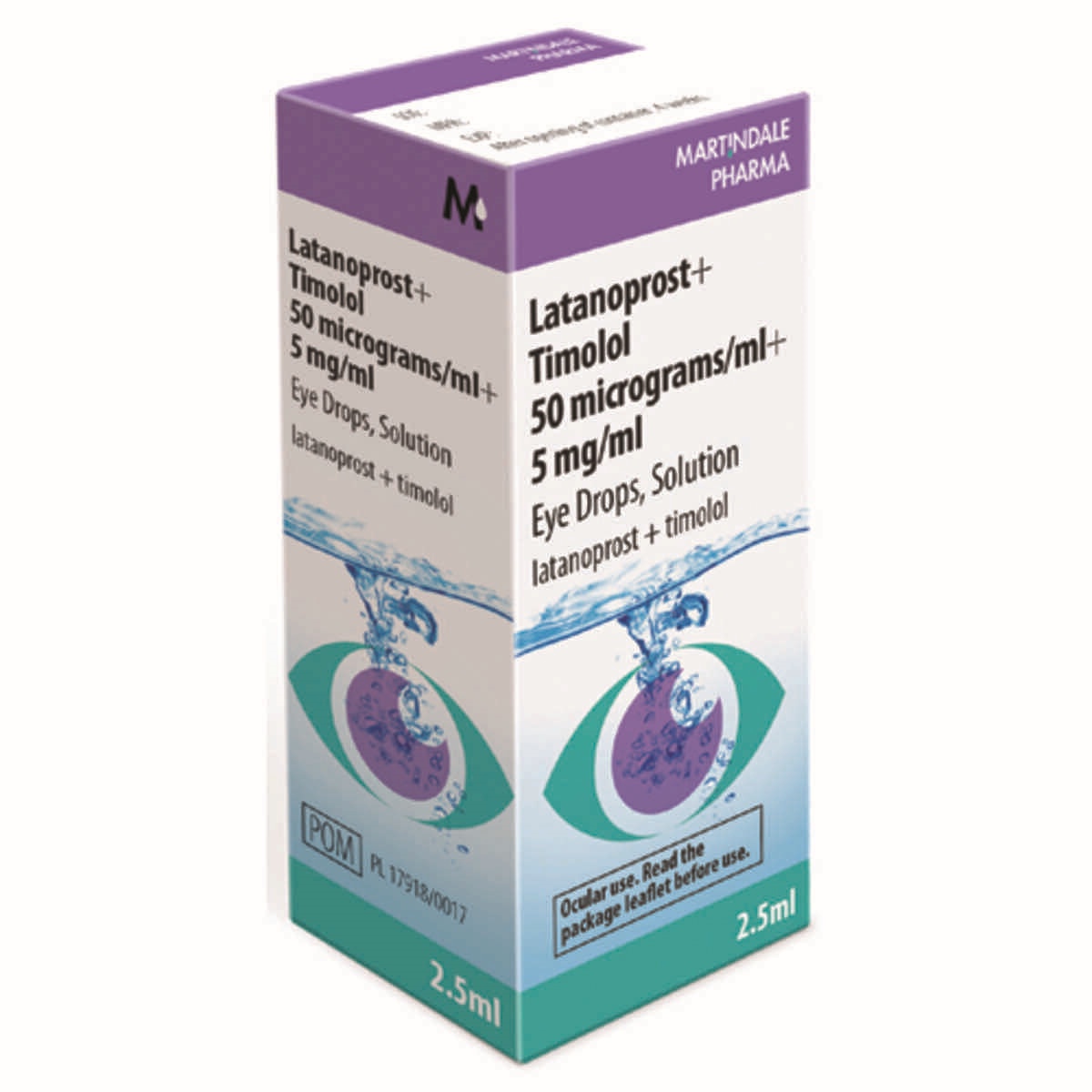

0 thoughts on “How To Store Sauerkraut”